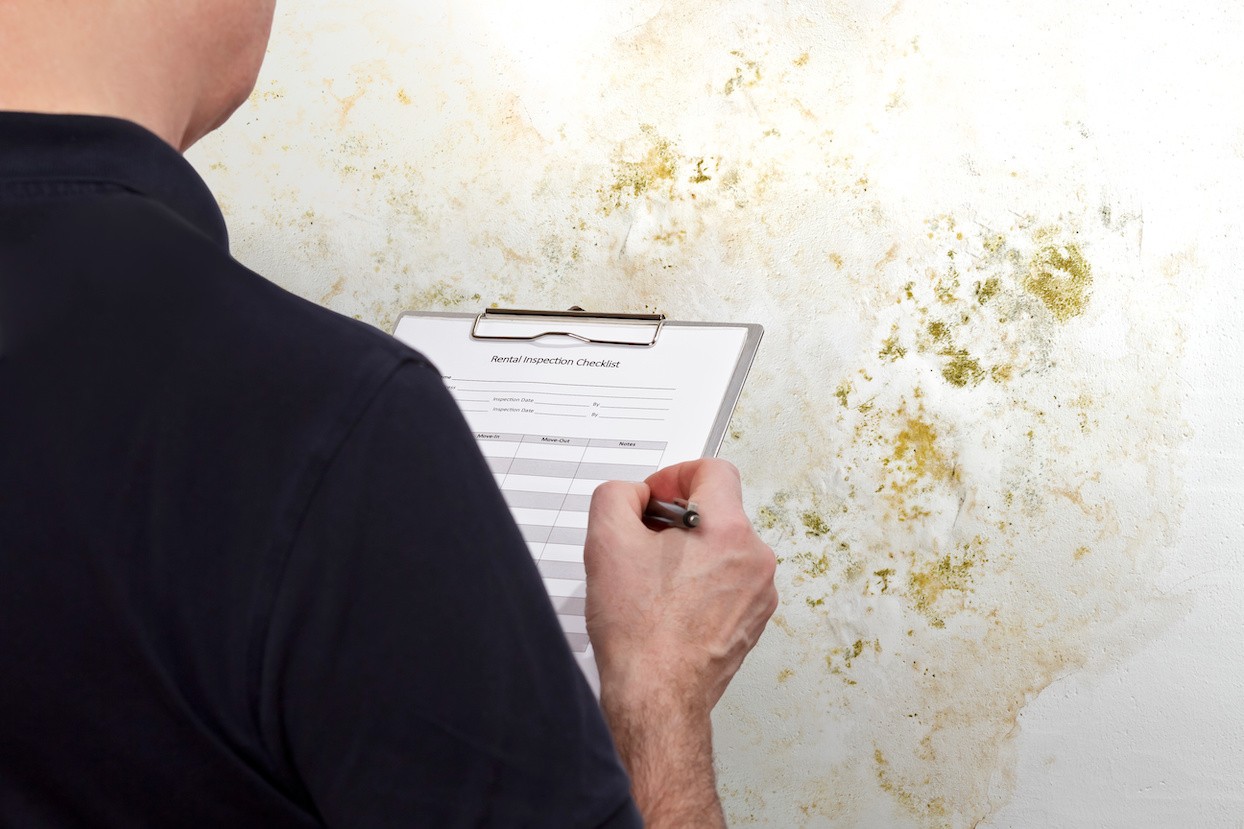Mold can pose significant risks to both health and property, particularly in residential and commercial spaces. When dealing with mold-related issues, it’s essential to distinguish between two key processes: mold inspection and mold testing. Understanding these differences is crucial for effective mold remediation.
Definitions
What is a Mold Inspection?
A mold inspection is an initial assessment conducted to identify visible mold growth and evaluate conditions that may promote mold. The process typically involves:
- Visual examination of high-risk areas (e.g., basements, attics, bathrooms).
- Assessment of moisture levels, including checking for leaks and condensation.
- Identifying any musty odors that could indicate hidden mold.
What is Mold Testing?
Mold testing differs in that it involves the collection of samples to determine the presence, types, and concentrations of mold spores in the environment. The methods for testing include:
- Air Sampling: Measuring airborne mold spore concentrations.
- Surface Sampling: Collecting mold samples from surfaces (e.g., walls, carpets).
- Bulk Sampling: Analyzing materials suspected of contamination.
Purpose and Goals
Objectives of Mold Inspection
The primary goal of a mold inspection is to:
- Identify visible mold growth and moisture sources.
- Assess conditions conducive to mold development.
Objectives of Mold Testing
Mold testing aims to:
- Determine specific types of mold present in the environment.
- Assess the levels of mold spores, which can inform health risks.
When to Choose Each Option
Situations Requiring Mold Inspection
Consider a mold inspection if you notice:
- Visible signs of mold (black spots, discoloration).
- Odors reminiscent of mildew or dampness.
- History of water leaks or flood damage.
Situations Requiring Mold Testing
Opt for mold testing when you need to:
- Confirm mold presence despite a lack of visible evidence.
- Address health concerns, especially if sensitive individuals are involved.
The Process: A Step-by-Step Comparison
Steps Involved in Mold Inspection
The inspection process includes:
- Initial walkthrough to visually assess the property.
- Moisture readings in critical areas.
- Recommendations for remediation based on findings.
Steps Involved in Mold Testing
Mold testing involves:
- Collecting air or surface samples.
- Selecting appropriate testing methods based on context.
- Submitting samples to a certified lab for analysis.
Results and Interpretation
Understanding Mold Inspection Results
Inspection results provide insights about:
- Types and locations of visible mold.
- Source of moisture contributing to growth.
- Recommended remediation steps.
Understanding Mold Testing Results
Test results reveal:
- Specific mold species present and their potential health implications.
- Concentrations of spores in the air versus indoor/outdoor comparisons.
Pros and Cons of Each Approach
Pros of Mold Inspection
- Provides a thorough visual assessment of the property.
- Can identify hidden moisture issues before they become severe.
Cons of Mold Inspection
- Does not quantify mold levels or identify specific types without complementary testing.
Pros of Mold Testing
- Quantifies mold levels and identifies specific mold species that may pose health risks.
- Supports regulatory compliance and health-related concerns.
Cons of Mold Testing
- Can be more costly and time-consuming compared to inspection alone.
- Sampling may not accurately reflect current conditions if it’s outdated.
Making the Right Decision: When to Call a Professional
Signs It’s Time to Schedule a Mold Inspection or Test
Look for indicators such as:
- Visible mold or water damage.
- Health symptoms that improve when away from home.
Benefits of Hiring Certified Professionals
Certified professionals bring:
- Expertise in assessing and interpreting mold issues accurately.
- Assurance that proper techniques are used for both inspection and testing, ensuring reliable outcomes.
Understanding the differences between mold inspection and mold testing is vital for homeowners and property managers dealing with mold-related issues. Both processes serve distinct yet complementary functions in effective mold management. By recognizing when to conduct each process, individuals can effectively ensure safer indoor environments and make informed decisions moving forward. Whether facing visible mold problems or subtle signs of potential growth, seeking professional expertise can pave the way for a healthier living space, free from the risks associated with mold exposure.


